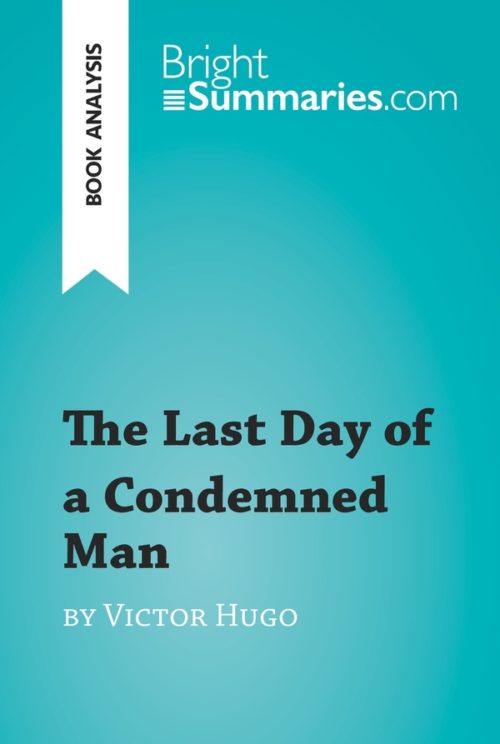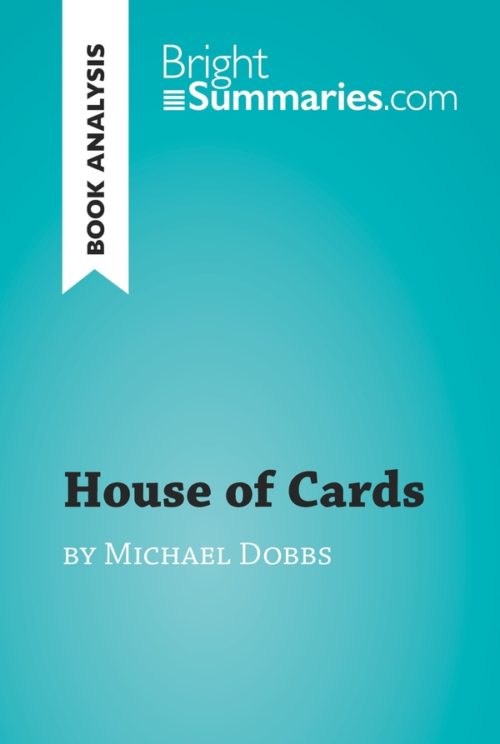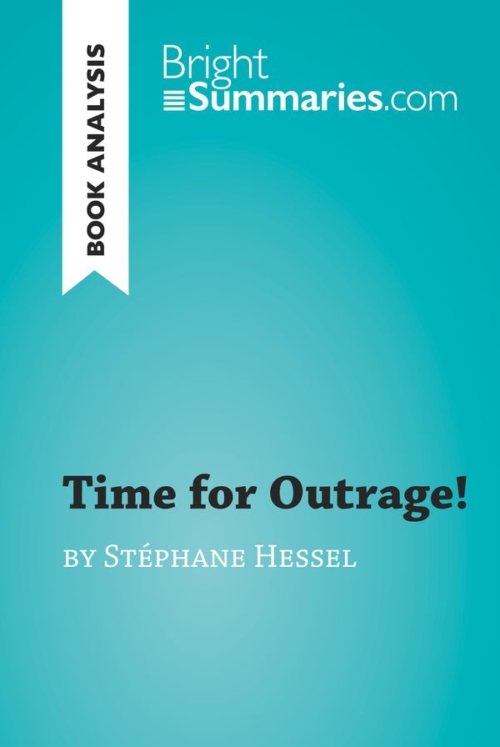The Marriage of Figaro by Beaumarchais (Book Analysis)
The Marriage of Figaro by Beaumarchais (Book Analysis)
Detailed Summary, Analysis and Reading Guide
Read more
This practical and insightful reading guide offers a complete summary and analysis of The Marriage of Figaro by Beaumarchais. It provides a thorough exploration of the play’s plot, characters and main themes, including privilege, social class and the position of women in society. The clear and concise style makes for easy understanding, providing the perfect opportunity to improve your literary knowledge in no time.
This clear and detailed 54-page reading guide is structured as follows:
- Biography of Beaumarchais
- Presentation of The Marriage of Figaro
- Summary of The Marriage of Figaro
- Character study
- Figaro
- Suzanne
- Count Almaviva
- Countess Rosine
- Marceline
- Chérubin
- Bartholo
- Analysis of The Marriage of Figaro
- A controversial political play
- Revitalizing comic theater
- Comic techniques in The Marriage of Figaro
- Figaro’s monologue
About The Marriage of Figaro
The Marriage of Figaro is one of the best-known works by the French polymath Pierre-Augustin Caron, better known as Beaumarchais. It is the sequel to The Barber of Seville and features a number of the same characters, including the eponymous valet, Count Almaviva and the elderly fool Bartholo. It was first performed in 1784, just five years before the advent of the French Revolution, and numerous subsequent politicians and critics have suggested that the play’s political dimension and social criticism foreshadowed this momentous event.
About Beaumarchais
Beaumarchais was born Pierre-Augustin Caron in 1732. The name by which he is best known today is believed to be derived from the name of an area of land that belonged to his first wife, “le Bois Marchais”. Beaumarchais flitted between an extraordinary number of careers over the course of his life: he initially followed in his father’s footsteps as a master watchmaker, before acting as a music tutor for the King’s daughters, then taking on a number of political positions and supporting both the French and American revolutions. However, today he is best known for his plays, particularly the Figaro trilogy (The Barber of Seville, 1775; The Marriage of Figaro, 1784; and The Guilty Mother, 1792).
Product details
| ISBN | 9782808011617 |
|---|---|
| Publisher | Plurilingua Publishing |
| Collection | Brightsummaries.com |
| Format | |
| Pages | 54 |
| File size | 2.2 MB |







